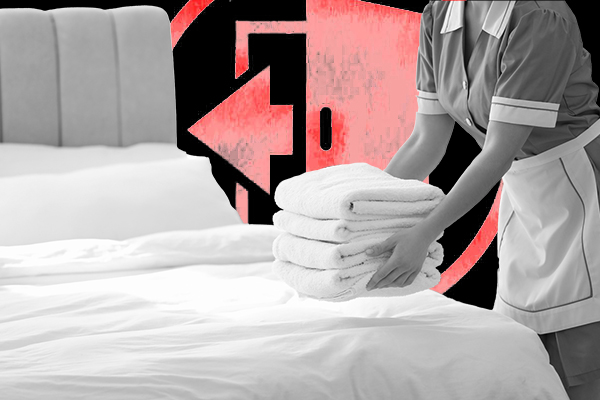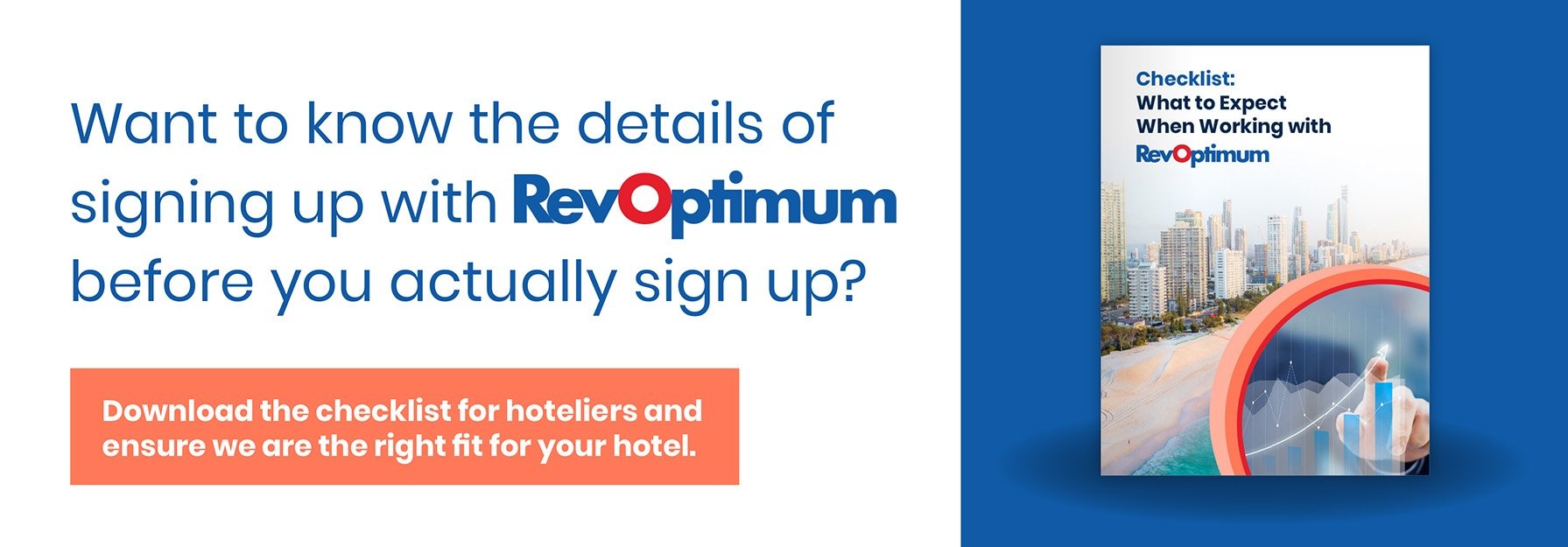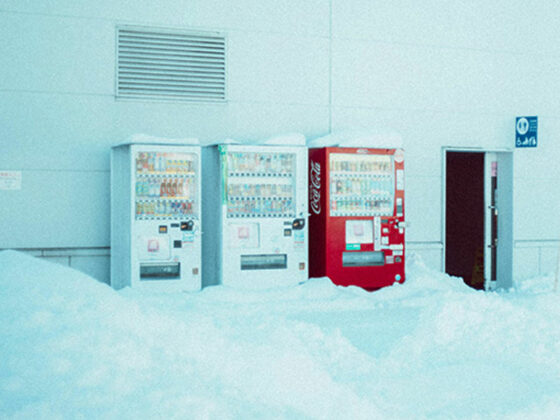In today’s highly competitive hospitality industry, effective revenue management is critical for maximizing profitability. Independent hotels, in particular, need a firm understanding of their key performance indicators (KPIs) to make informed decisions, optimize pricing strategies, and boost overall revenue. Monitoring the right metrics can be the difference between stagnant growth and a thriving business.
Here are 7 essential revenue management KPIs that every hotelier should track to evaluate and improve their hotel’s revenue performance.
1. RevPAR (Revenue Per Available Room)
RevPAR is arguably the most important KPI in hotel revenue management. It measures how well a hotel is filling its rooms at the best possible rate. By combining occupancy rate and average daily rate (ADR), RevPAR offers a comprehensive view of overall room revenue performance.
- Formula: RevPAR = Total Room Revenue / Number of Available Rooms
- Why It Matters: RevPAR helps hoteliers determine how much revenue they’re generating from available rooms, offering insight into pricing strategies and demand forecasting. A rising RevPAR means your hotel is generating more revenue from each room, whether through higher occupancy or better rates.
2. ADR (Average Daily Rate)
Average Daily Rate (ADR) reflects the average revenue generated per paid occupied room, giving hoteliers insight into pricing effectiveness.
- Formula: ADR = Total Room Revenue / Number of Rooms Sold
- Why It Matters: ADR is crucial because it measures how much guests are willing to pay for rooms. Increasing your ADR without negatively impacting occupancy is a key revenue management goal. It’s a good indicator of your hotel’s ability to command higher rates based on the perceived value of your product and services.
3. Occupancy Rate
Occupancy Rate measures the percentage of available rooms that are sold over a specific period. It’s a direct reflection of a hotel’s ability to fill its rooms.
- Formula: Occupancy Rate = (Rooms Sold / Total Available Rooms) × 100
- Why It Matters: While a high occupancy rate can signal healthy demand, it’s important to balance it with ADR. Filling rooms at low rates can increase occupancy but won’t necessarily boost overall revenue. Hotels must aim for the right balance between occupancy and rates to maximize revenue.
4. TRevPAR (Total Revenue Per Available Room)
TRevPAR expands on RevPAR by accounting for all revenue streams, including food and beverage, spa, and other amenities—not just room revenue.
- Formula: TRevPAR = Total Revenue / Number of Available Rooms
- Why It Matters: TRevPAR provides a holistic view of a hotel’s revenue-generating capabilities. By tracking this KPI, hoteliers can identify opportunities to increase revenue from non-room sources, such as upselling, cross-selling, and enhancing guest experiences.
5. GOPPAR (Gross Operating Profit Per Available Room)
GOPPAR measures the profitability of a hotel by factoring in operational expenses. This KPI offers insight into a hotel’s overall efficiency and profitability.
- Formula: GOPPAR = (Total Revenue – Operating Expenses) / Number of Available Rooms
- Why It Matters: GOPPAR is essential for understanding the financial health of your hotel. While RevPAR and TRevPAR focus on revenue generation, GOPPAR considers operating costs, providing a clearer picture of profitability. By monitoring this KPI, hotels can make smarter decisions on cost control, pricing, and investment in services.
6. CPOR (Cost Per Occupied Room)
CPOR helps hotels track how much it costs to service each occupied room. It includes expenses such as housekeeping, utilities, and maintenance.
- Formula: CPOR = Total Operating Costs / Number of Occupied Rooms
- Why It Matters: Managing CPOR is critical for maintaining profitability, especially during high occupancy periods. By keeping costs under control while maximizing revenue, hotels can improve their bottom line. If CPOR is too high, it may indicate inefficiencies in operations that need to be addressed.
7. Booking Pace
Booking Pace refers to the rate at which future bookings are made for a specific period. It tracks how fast reservations are coming in compared to previous months or years.
- Why It Matters: This KPI is valuable for forecasting demand and adjusting pricing strategies. If your booking pace is slower than expected, you can implement promotions, adjust rates, or increase marketing efforts to boost reservations. Monitoring booking pace allows hotels to proactively manage occupancy and pricing, ensuring they capture the most revenue possible.
Conclusion: The Power of Tracking KPIs
Revenue management is both an art and a science, but by closely tracking these key performance indicators, hoteliers can gain deep insights into their operations, identify opportunities for improvement, and implement strategies that drive profitability.
For independent hotels looking to compete with larger chains, mastering these KPIs is crucial to long-term success. The right balance between RevPAR, ADR, and occupancy rate, along with a clear understanding of total revenue and operational costs, will allow hotels to stay agile in the market, maximize profitability, and continue to grow.
By incorporating these essential KPIs into your revenue management practices, you’ll be better positioned to not only meet your revenue goals but also enhance your overall guest experience and operational efficiency.
Leave Hotel Revenue Management to the experts.
We know you are business as a hotelier, and we know running a hotel requires focus and work in multiple aspects. Leave the hotel revenue management to RevOptimum. We are ready to start boosting RevPAR for your hotel, while you can focus on increasing your direct bookings.
RevOptimum is known as the pioneer in remote revenue management. Our team digs into your hotel’s metrics, monitors broader markets, and personalizes a revenue management strategy to your hotel’s unique needs.
Want to see what it’s like working with RevOptimum? Download our checklist, “What to Expect When Working with RevOptimum” and see how our team can increase your hotel’s revenue.









